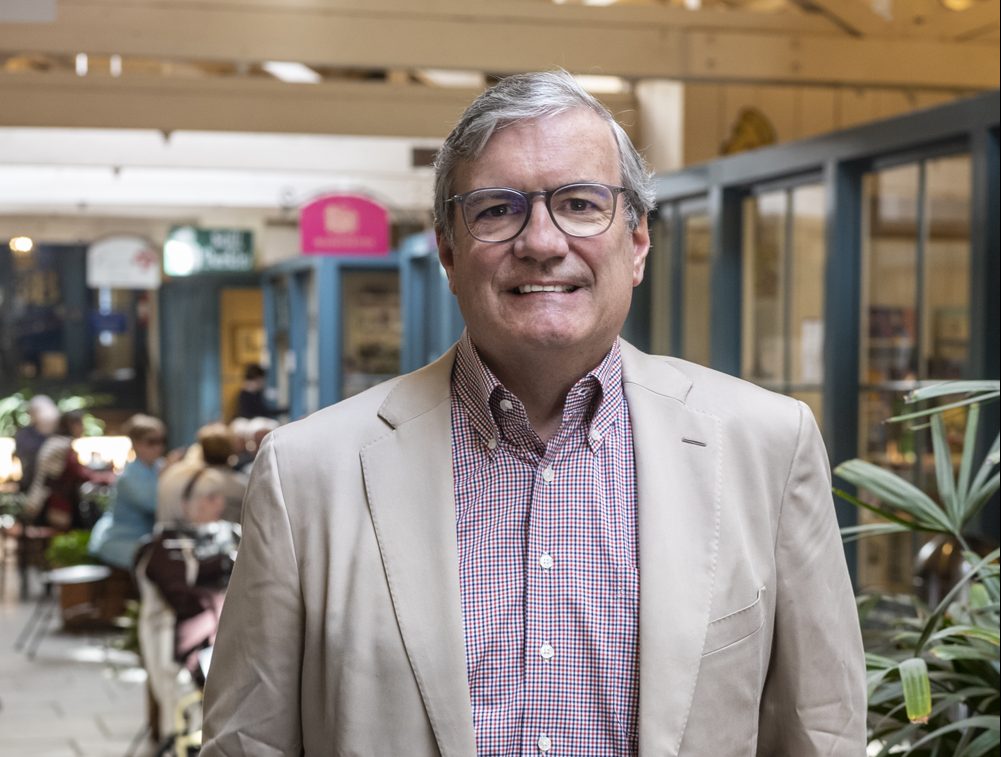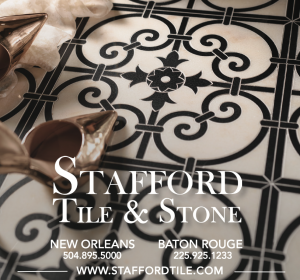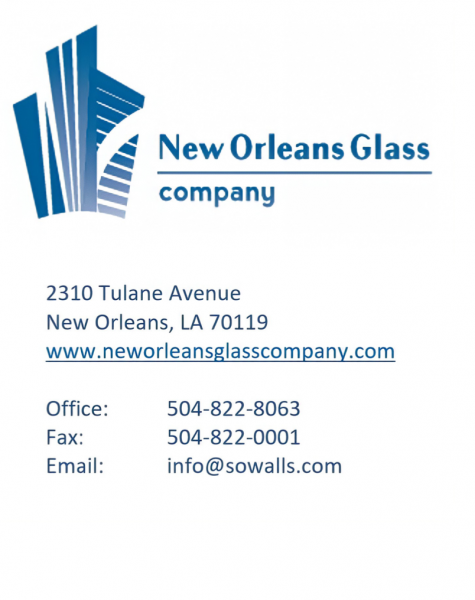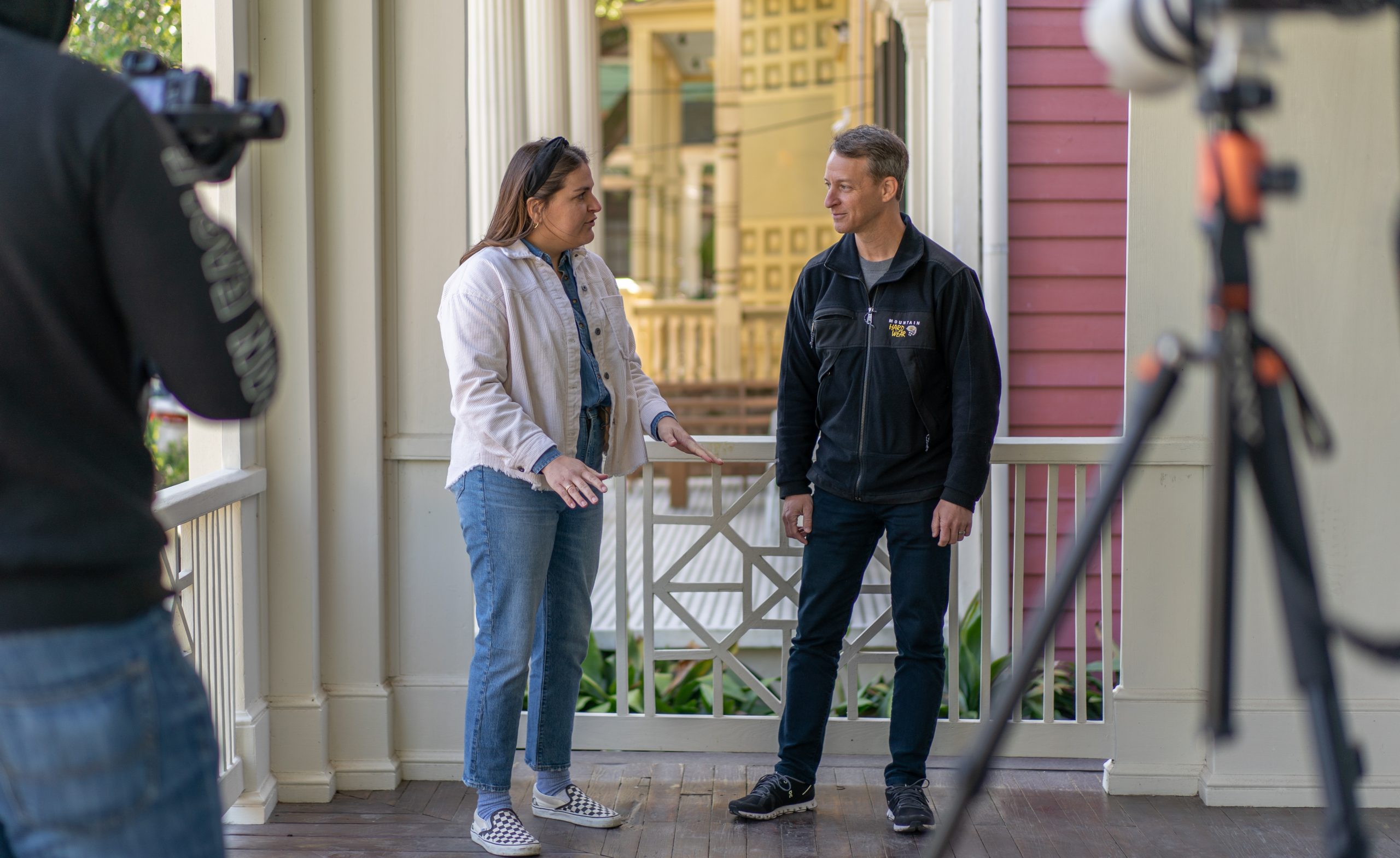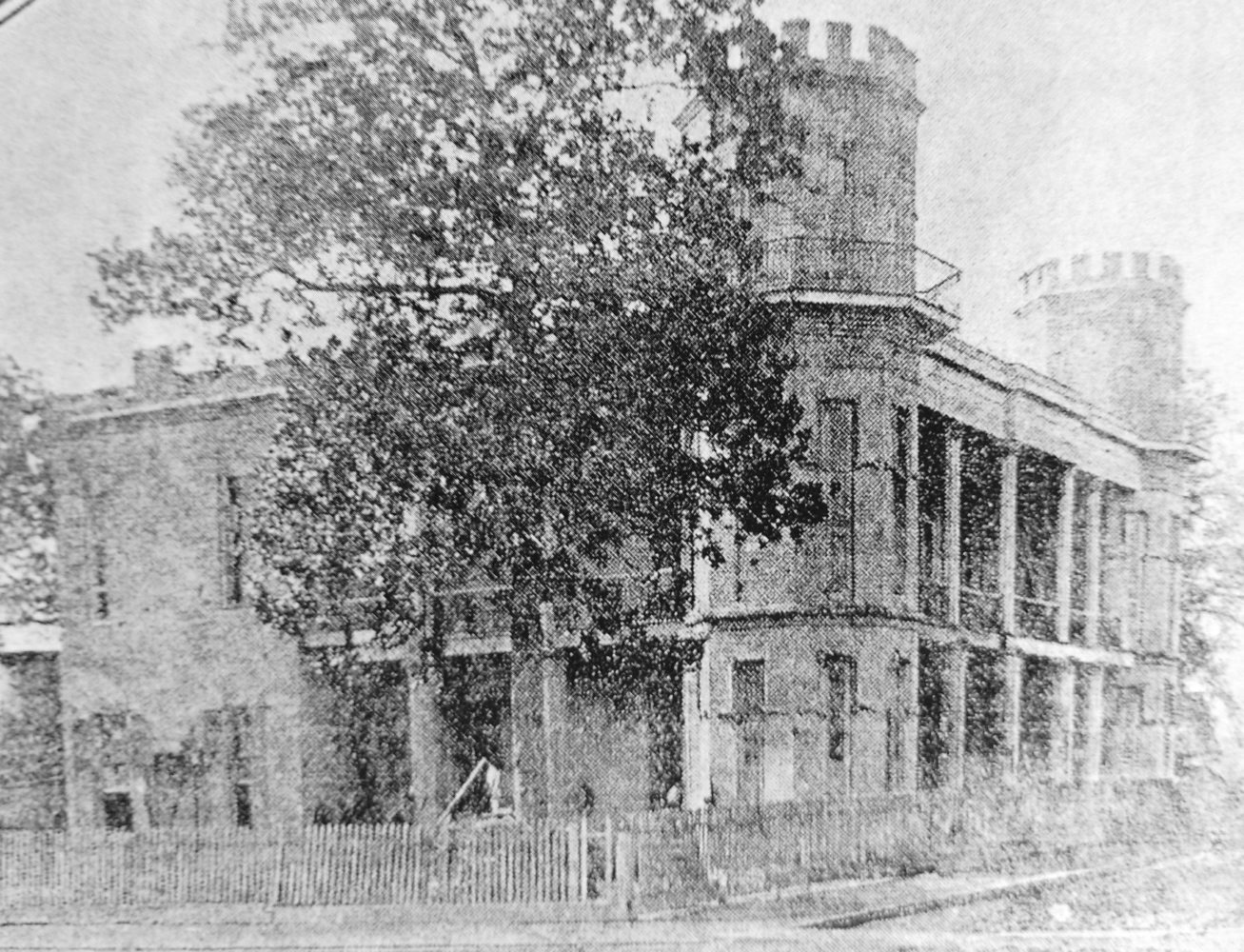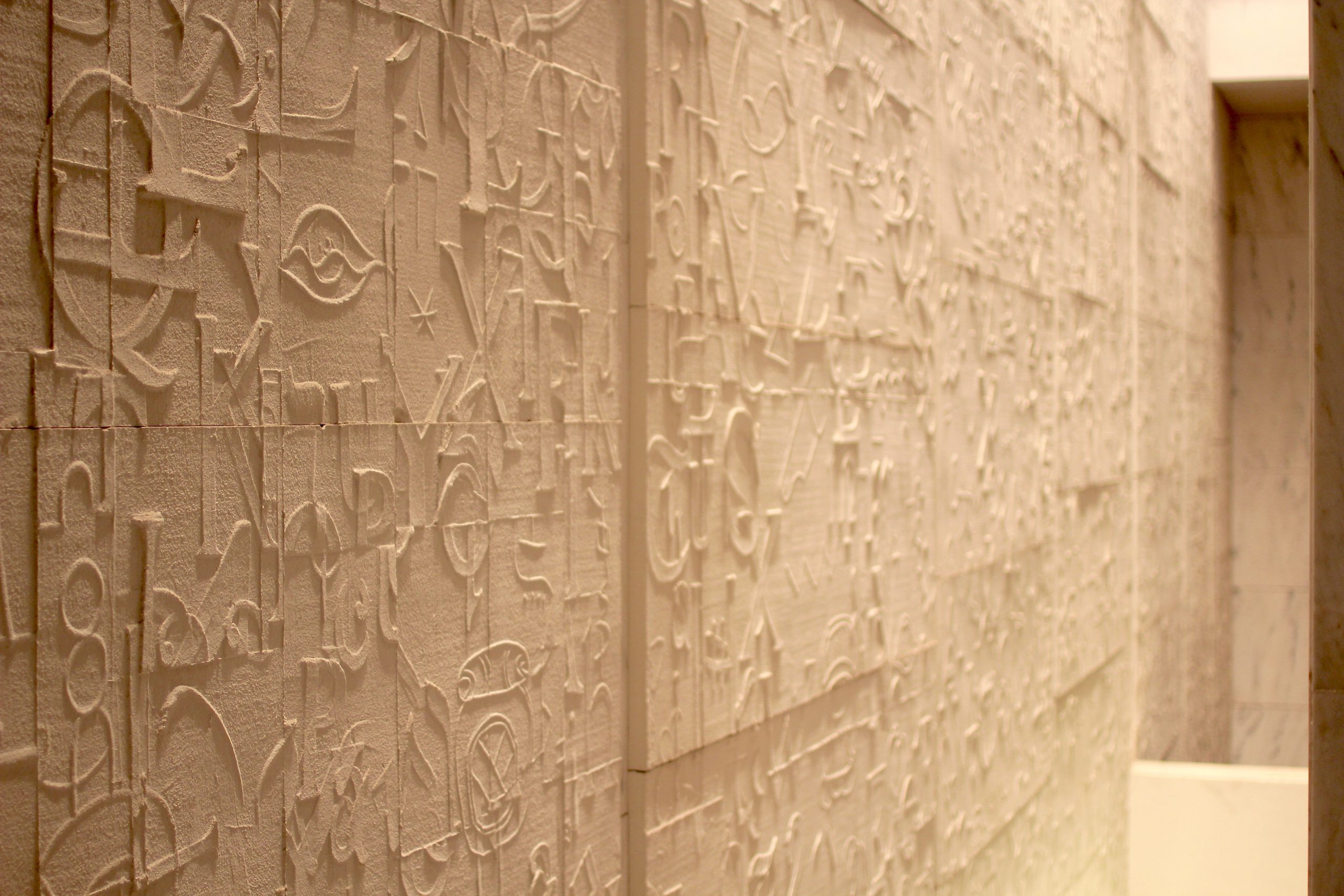This interview appeared in the December issue of PRC’s Preservation in Print magazine. Interested in getting more preservation stories like this delivered to your door nine times a year? Become a member of the PRC for a subscription!
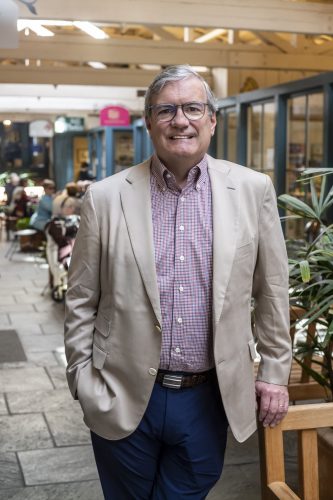 I’m a Preservationist
I’m a Preservationist
Tony Gelderman
Real estate developer & attorney with Bernstein Litowitz Berger & Grossmann
You’ve been a lawyer for many years and held important roles in the state government as well. How did you originally get into historic preservation and why?
I have been interested and drawn to architecture for as long as I can remember. I joke that I probably played with blocks too much as a small child. Becoming an architect was something I seriously considered as a young college student, but I really wasn’t very good with math, and I can’t draw very well. So, instead, I went with my argument skills and became a lawyer. The various stages of my law practice have been interesting and productive, but just as soon as we were able to become investors, my wife Katherine and I decided to focus on historic renovations. It all goes back to my childhood of walking through the Garden District on my way to Trinity School. I was mesmerized by the architecture of our neighborhood since as long as I can remember.
Advertisement
You were on the board of the PRC years ago and have remained involved ever since. How did you get involved with the PRC and why? (And tell us how you and Katherine came up with the idea for the Shotgun House Tour!)
(Former PRC Executive Director) Patty Gay was my sixth-grade teacher at Trinity Episcopal School, and she was one of my very favorite teachers. So, when Katherine and I were a young married couple, there was no telling Patty no when she asked us to get involved in PRC activities. I remember well working with Scott Hutchison to put together the very first PRC Shotgun House Tour. Katherine and I chaired that tour and had the very best time doing it. We were both hooked on the PRC after that. No one can deny that the people attracted to historic architecture are almost always fun and interesting. It’s an area of endeavor which draws people with a passion for and commitment to beauty and grace. And no group embodies historic preservation more than the PRC. I’m not sure many people know how critical the PRC has been to saving and improving the built environment of New Orleans. The depth and breadth of the PRC’s impact on New Orleans is extraordinary, and we have always been proud to support the PRC.
You have renovated a few notable buildings, including 450 Julia St., which today holds Peche restaurant, and you’re currently renovating The Rink shopping center in the Garden District. What has been your favorite project and why?
450 Julia will be hard to top. When we bought the building, we really didn’t know what we had until (historic architecture consultant) Hilary Irvin found a 1904 photograph which depicted the building in its heyday. Katherine and I will forever love that building, which is now 11 condominiums. But really my very favorite project is always the one I’m working on at any given moment. Right now, besides The Rink, we are putting a lot of effort into a building we’ve acquired on Tulane Avenue. Many people know the building and location thanks to its former life as the Lighting Inc. headquarters, but what they probably don’t know is that under the steel panel exterior of what appears to be a modern warehouse is actually a 1920s historic industrial building which housed the Reike Cabinet company. We are faithfully restoring the building to its 1920s appearance. The exterior is unique and appealing and will make a statement when fully restored. But it’s the interior which is truly stunning. The amount of natural light the building receives is exceptional, and the interior wood walls, floors and ceilings envelope you in a way that only aged wood can do. The second-floor ceilings soar to perhaps 20 or more feet at the highest point. I really can hardly wait to see the finished product. What excites me as much as knowing how beautiful the building will be is also knowing the building will serve as a catalyst for more investments in the area.
Advertisement
You and your wife Katherine have lived for years in a spectacular home in the Garden District, and now you are part owner of The Rink, the legendary Garden District shopping center. Why are you so devoted to this New Orleans neighborhood?
I have to say that my affection and devotion to the Garden District goes all the way back to August 1972 when we moved into the neighborhood. I was almost 12 years old then, and the move from Chicago had its traumas at that age, but I have to say it just felt like home from the very start. We were immediately welcomed by our new neighbors, and I think this is why my heart will always be in the Garden District. Thankfully Katherine shares my sentiments completely. Many generations of her family have lived in the Garden District, and she is equally devoted to the neighborhood. I should also mention that the Garden District is without question one of the most historically significant neighborhoods in the country. If you love old homes, you really have to love the Garden District.
You work and live part of the time in New York City, yet remain a New Orleans resident. And you have civically contributed so much to our city. Why do you remain committed to New Orleans? And what are your hopes for how the city can improve to have a brighter future?
New York is a great antidote to New Orleans and vice versa. Did you ever notice how many direct flights there were between New Orleans and New York before the pandemic? I think we could choose from seven nonstop flights a day. That’s really incredible when you think about it. New York is frenetic and all business. New Orleans is languid and decidedly not all business. To the residents of each, the other holds special appeal as it does for me. What gives me the greatest hope for New Orleans is we are a magnet for the creative class. All you need to do is stroll though many of the historic neighborhood of New Orleans, and you will notice all sorts of young people strolling with their children and walking their dogs. The Bywater, Irish Channel, Holy Cross, Central City as well as Treme are all examples of neighborhoods drawing new generations of New Orleanians. These neighborhood are all on the upswing. Our culture and vibe are contagious and enduring. I do not doubt the future of New Orleans. I really don’t. Our best days are ahead.
Advertisements




